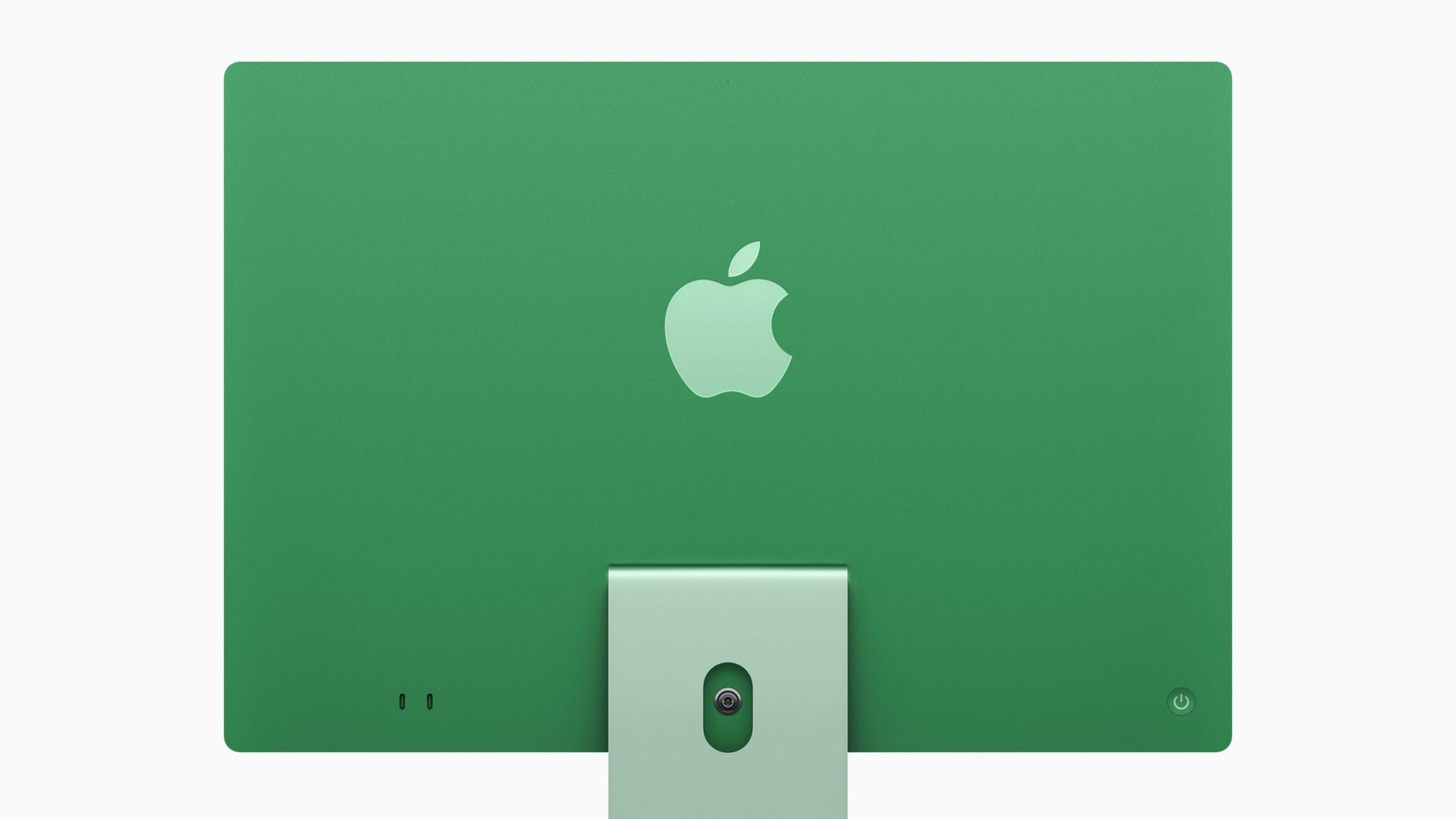Today, to kick off what Apple-watchers anticipate will be a string of daily announcements, Apple announced a brand-new iMac. Highlights of the update include the M4 system-on-a-chip, a nano-texture display option, a 12MP Center Stage camera, Thunderbolt 4 ports, and new colors.
The new iMac, which comes in green, yellow, orange, pink, purple, blue, and silver, retains its iconic design and 24” 4.5K Retina display, but new with this model is a nano-texture display option that we saw come to the iPad Pro line earlier this year. The camera is new, too. The old 1080p camera has been replaced with a 12MP wide-angle camera with Center Stage, and there are four Thunderbolt 4 ports, replacing the Thunderbolt 3 ports on the previous model. The base model iMac comes with 16GB of memory, which can be upgraded up to 32GB, and 256GB of storage, which can be upgraded up to 2TB. And the color-matched Magic Keyboard, Magic Trackpad, and Magic Mouse finally connect and charge via USB-C.
John Ternus, Apple’s senior vice president of Hardware Engineering, had this to say about the new model:
iMac is beloved by millions of users, from families at home to entrepreneurs hard at work. With the incredible features of Apple Intelligence and the powerful performance of Apple silicon, the new iMac changes the game once again. With M4 and Apple Intelligence, gorgeous new colors that pop in any space, an advanced 12MP Center Stage camera, and a new nano-texture glass display option, it’s a whole new era for iMac.
It should come as no surprise that the M4 iMac is substantially faster than the M1 model Apple compares it to in its press release. Other updates include the addition of Wi-Fi 6E and Bluetooth 5.3, which were recently added to the iPad mini, too.
The new iMac starts at $1,299, or $1,249 for education customers. It’s available for pre-order today, with deliveries and in-store availability starting on Friday, November 8.




















